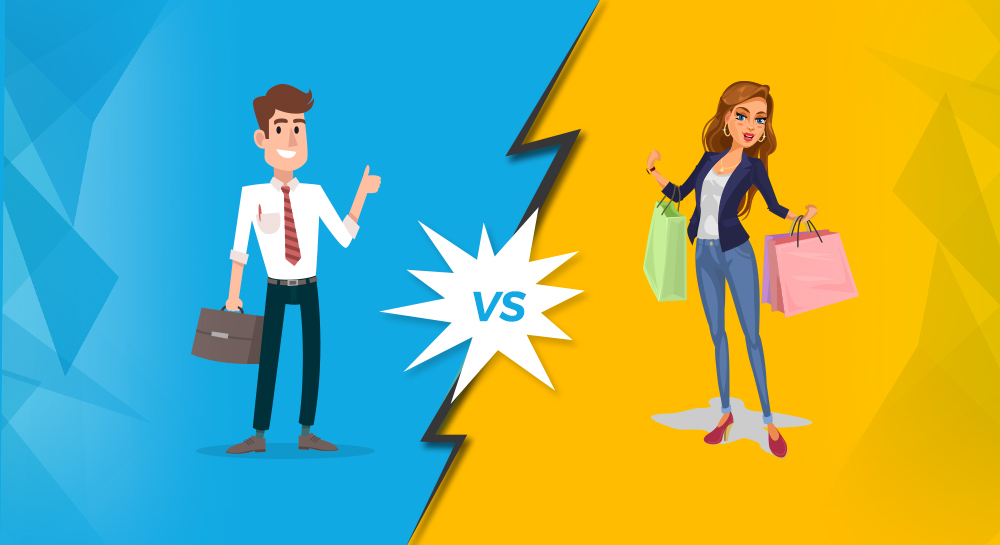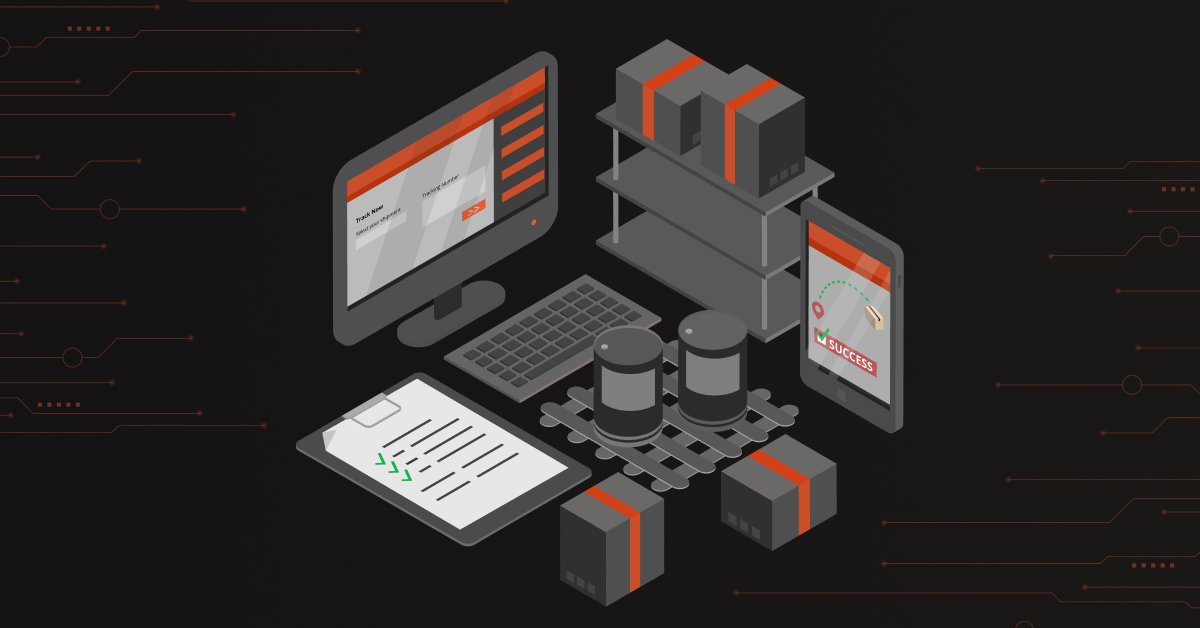Time and again, we have all read about the key differences between B2B and B2C E-commerce websites. For this blog, the emphasis will be on ‘how user perception drives both systems.’ If you are an E-commerce solutions provider, an existing business owner or an aspiring one, this blog should guide you on how to structure your website based on the user perceptions. A tit-bit for aspiring business owners: It’s forecasted that mobile e-commerce will reach $516 billion by 2019!
Contents
B2B vs. B2C Differentiation
For starters, B2B and B2C stand for Business-to-Business and Business-to-Consumer, respectively. While B2B focuses on selling products or services to other businesses/companies, B2C is concerned with selling to consumers aka end-users. Due to this reason, B2B businesses concentrate on relationships whereas B2C businesses focus on the actual product being sold. This is primarily reflected by the former envisioning a long-term relationship horizon as opposed to the latter.
While both B2B and B2C Ecommerce websites require certain features, here is what makes them unique – based on customer needs though.
Marketing Strategy
The marketing strategy for B2B vs. B2C is entirely different. The B2B customers require more educating and maintaining the existing flow. However, the B2C market is more focused on highlighting the needs of the customer and alluring them with offers (even the ones they might not be currently looking for).
As an essential marketing strategy, B2B customers experience what is called “Dynamic Pricing by Customer”- allowing the manufacturers/distributors to quote prices based on the customer’s importance- achieved through the implementation of customer groups.
This is not the case with B2C customers as their purchasing need usually ends with few products. B2C businesses usually do not adopt dynamic pricing as it could potentially damage the user experience and brand value.
Bottom-line: Even though both types of users might be interested in the Light bulb you sell, one of them is looking for ONLY 1 bulb to light up their room! These buying decisions influence the entire marketing strategy!
Business vs Pleasure
Another difference between B2B & B2C customers is that procurement is a vital part of B2B customers’ job. B2C customers merely log on to websites and shop for leisure.
While the B2B user persona is expected to be much more straightforward and quick, it is not the case with B2C customers. Here is what the Hubspot research claims- 76% of consumers say the most important factor in a website’s design is “the website makes it easy for me to find what I want.”. All those UI/UX designers out there please make a note!
Purchasing Process
In a B2C scenario, a customer walks into a brick and mortar store or logs in to the website and purchases the product they want by paying for it. This calls for a simple flow in the website: homepage – product listing page – product detail page – add to cart – checkout – shipping. Also, payments are straightforward in a B2C setting-
- Credit/ debit cards
- Wallet payments
- Cash on Delivery, depending on where the end-users are located
Pretty simple, right?
The purchasing process, however, is a different game altogether for the B2B. This is because the person who requires the product is different from the one paying for it. There are multiple stakeholders involved in the process-
- Buyer (requires the product)
- Manager (approves the purchase)
- Purchaser (makes the payment)
- Accounting department (generates reports)
This calls in for a tailored workflow in the B2B system based on the needs of the individual account/company. Payment methods too differ with online payments being highly preferred nowadays. Widely used payment methods are-
- Custom payments
- Net30
- Net60
- Purchase orders
Closing Thoughts
B2B and B2C are widely different from each other in terms of user perception/needs, and the reasons are not as limited as discussed above. This is mainly because B2B audiences have very distinct needs from B2C audiences.
It is required that all E-commerce websites provide a simple, clean and comfortable navigation experience to users. As time progresses, B2B and B2C user experience are converging towards a common point. We could see merging feature sets as well for both the markets. Whether or not it will happen, is something only time will tell us.




